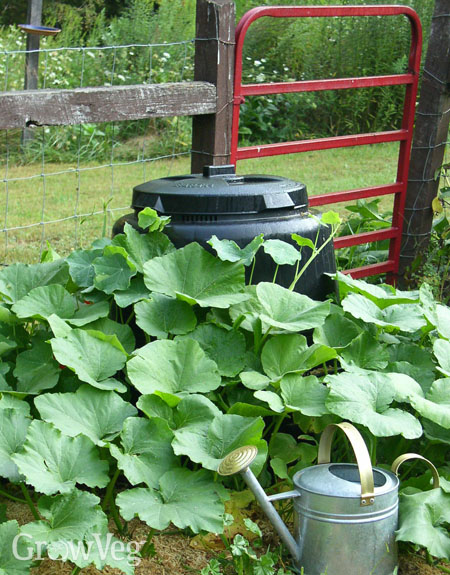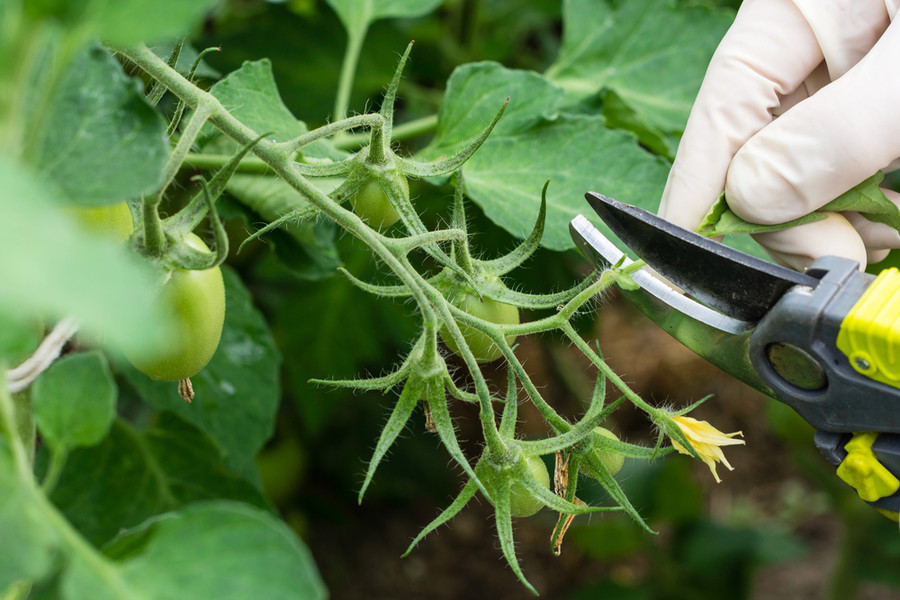Pruning is an essential gardening skill that helps improve the health and productivity of vegetable plants. Removing selective parts promotes better airflow, sunlight exposure, and directs energy towards developing delicious fruits and veggies.
Learning proper pruning techniques can seem daunting at first but with the right tools and methods you’ll be snipping away in no time! In this beginner’s guide, we’ll go over when, why, and how to prune common vegetable plants for optimal harvests.
Why Prune Vegetable Plants?
Pruning offers numerous benefits
-
Improves plant health by increasing air circulation and light penetration.
-
Removes diseased or pest-damaged foliage.
-
Maximizes fruit yields by directing energy to developing produce rather than leaves.
-
Controls growth and directs plants to grow bushier or taller,
-
Encourages more blooms and extends harvests of cut-and-come-again plants.
-
Halts seed production so plants focus energy on foliage or fruit production instead.
When to Start Pruning Vegetables
Wait until seedlings are established, around 6-8 inches tall, before pruning. This allows them to develop strong root systems and foliage. Signs they are ready include:
-
At least 2 sets of true leaves.
-
Rapid new growth.
-
Thickening stems.
-
Appearance of flower buds or fruits forming.
Continue pruning routinely throughout the growing season. Increase frequency once plants start vining or fruiting.
Pruning Tools and Supplies
Having the right equipment makes pruning easier and safer for plants. Essential tools include:
-
Clean, sterilized bypass pruners for precise cuts and harvesting.
-
Larger anvil pruners for thick stems and woody plants.
-
Sharp gardening snips for delicate jobs.
-
Garden scissors for harvesting greens and herbs.
-
Rubbing alcohol to sanitize tools between plants.
How to Prune Common Vegetable Plants
Follow these simple pruning guidelines tailored to different vegetables:
Leafy Greens
-
Remove damaged outer leaves near the base to encourage new growth.
-
Harvest older leaves regularly so plants aren’t overwhelmed supporting them.
-
Prune flowering stems to prolong harvests before plants bolt.
Herbs
-
Prune outermost branches first, working inwards to avoid woody growth.
-
Pinch off flower heads to promote more leaf production.
-
Harvest up to one third of growth at a time to avoid stressing plants.
Vining Crops
-
Select one main stem and prune off basal shoots to focus energy upwards.
-
Remove lower leaves and stems to enhance airflow.
-
Pinch off suckers to get larger, fewer fruits.
-
Top plants 2-3 weeks before first frost to concentrate ripening.
Bush Crops
-
Prune away dead or diseased leaves and branches.
-
Remove lower leaves shading fruits to prevent rot.
-
Thin overcrowded branches for even ripening.
-
Cut back leggy growth to encourage bushiness.
Flowering Plants
-
Deadhead spent blooms to promote more flowers.
-
Pinch off first blooms of young plants so they branch out.
-
Snip blooms for bouquets right above leaf nodes.
With the right technique, pruning can direct plant growth, prevent diseases, maximize yields, and extend harvests. Pay close attention to how plants respond, and adjust your pruning strategy as needed. With some practice, you’ll discover just how much your plants appreciate a little trimming!
Pruning to Increase Fruit Size
If you want to grow a five-pound tomato or a huge pumpkin, you will need to choose the right variety and make sure the plants have the best place to grow. You will also need to cut off early and late fruits to make the plants focus on growing goliath plants. For those who enjoy spoiling and pruning vegetable plants, growing giant vegetables may be the perfect hobby.
Pruning to Manage Size
It’s fun to grow vegetables that grow on vines, but sometimes you need to prune the stems to direct them where you want them to go. To help young plants grow strong, train them instead of trimming them. They need all of their leaves to grow well. For older plants, like cherry tomatoes that grow very quickly, a hard pruning in late summer followed by a lot of watering can sometimes bring out a lot of new growth. It’s important not to prune tomatoes too much because more than 80% of the sugars in the fruits come from photosynthesis, which is done by the leaves. Maintaining a high leaf-to-fruit ratio is a sure route to great tomato flavor.

If a pumpkin or watermelon vine is taking over your backyard, you can cut it back by up to 20 percent of its total size. Most vegetable plants can lose 30 percent of their leaves and still produce well, whether they are eaten by bugs, cut off, or both.
Pruning Vegetable Plants
FAQ
Which vegetables should be pruned?
How to trim veggie plants?
When to cut back vegetables?
What is the proper way to prune plants?
How do I know if my vegetables need pruning?
Here are some examples to give you a feel for pruning needs for vegetables. Check and prune these plants regularly. Trim off excess sucker branches (more on that below), and remove dead branches or those that aren’t flowering. Prune off lower branches as they grow/droop and touch the ground, or if they begin to yellow.
Should you prune a vegetable plant?
Pruning can involve removing whole branches or stems. Pruning is necessary to maintain the health of a vegetable plant and keep it from growing too large. When pruned, plants are encouraged to grow in their natural shape instead of becoming lanky. As I mentioned before, I’ve really been enjoying this season with my garden.
What is vegetable pruning & why is it important?
Vegetable pruning is a bit different because for many of your plants you’ll want to be somewhat constantly checking if they need a little pruning! The more you keep pruning in hand, the more you can concentrate the plant’s efforts and increase production yields.
Is it easy to prune plants?
Read full disclosure here. Pruning plants is easier than you think, and it’s important for a healthy and productive garden. In this post, you’ll learn everything you need to know about when and how to prune plants, including methods to use, tools, and easy tips for trimming all types of perennials, vegetables, herbs, trees, and shrubs.
- The Ultimate Guide to Growing Strawberries in Raised Beds - August 8, 2025
- No-Dig Garden Beds: The Easiest Way to Grow a Beautiful Garden - August 6, 2025
- How to Protect and Preserve Wood for Raised Garden Beds - August 6, 2025

